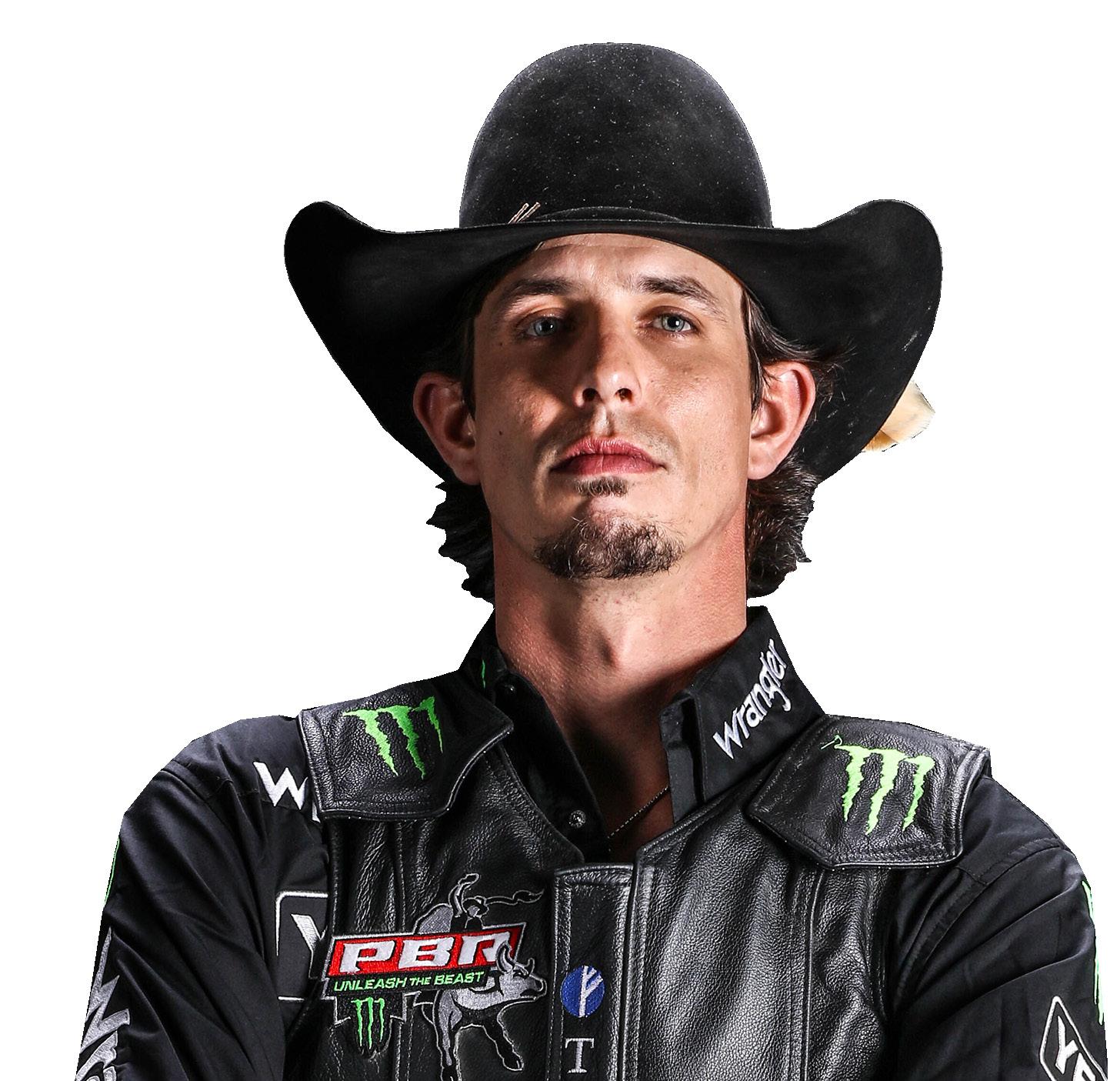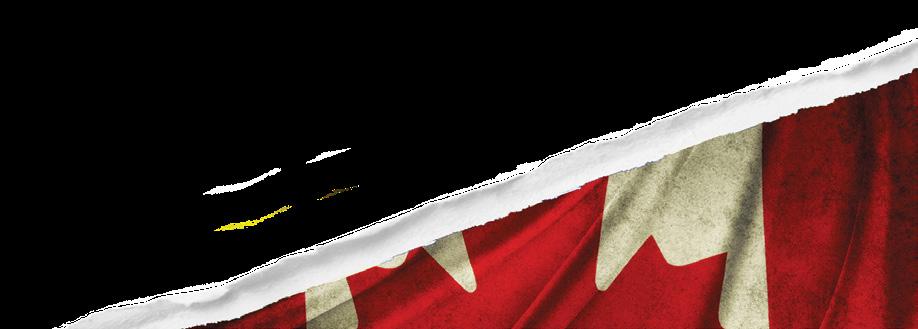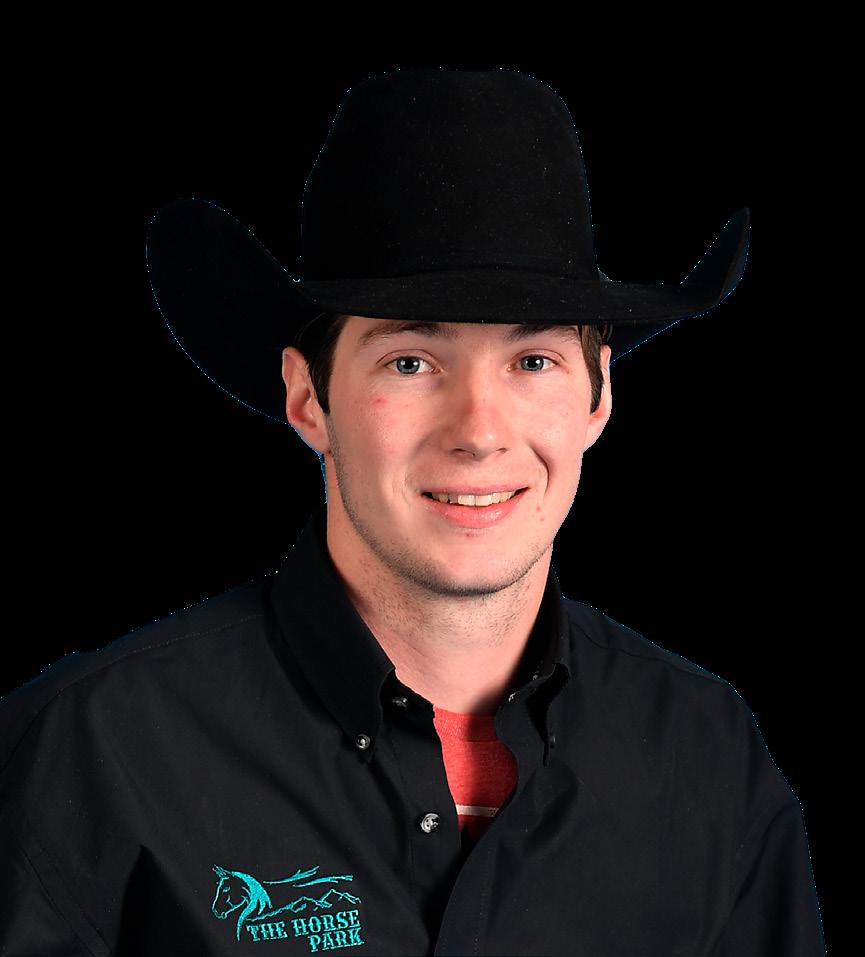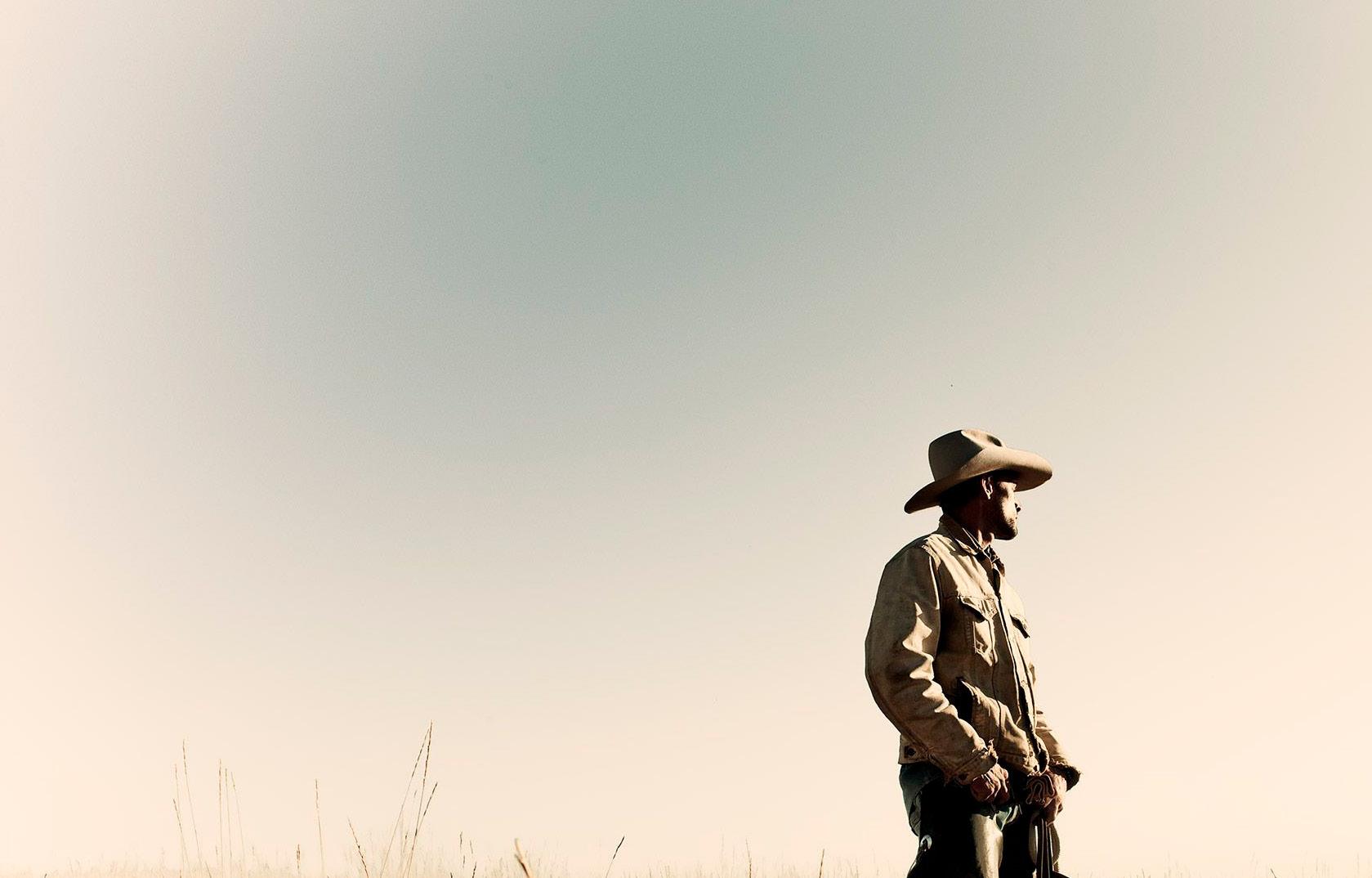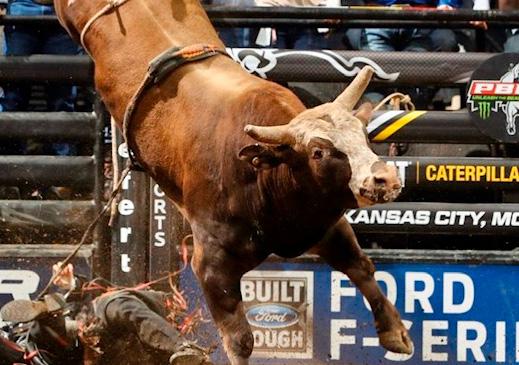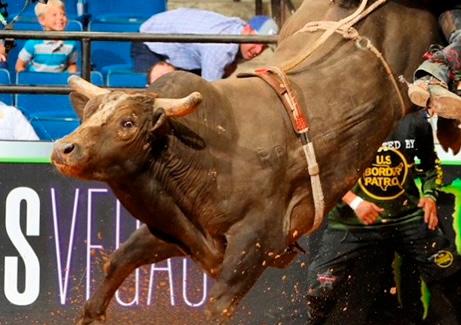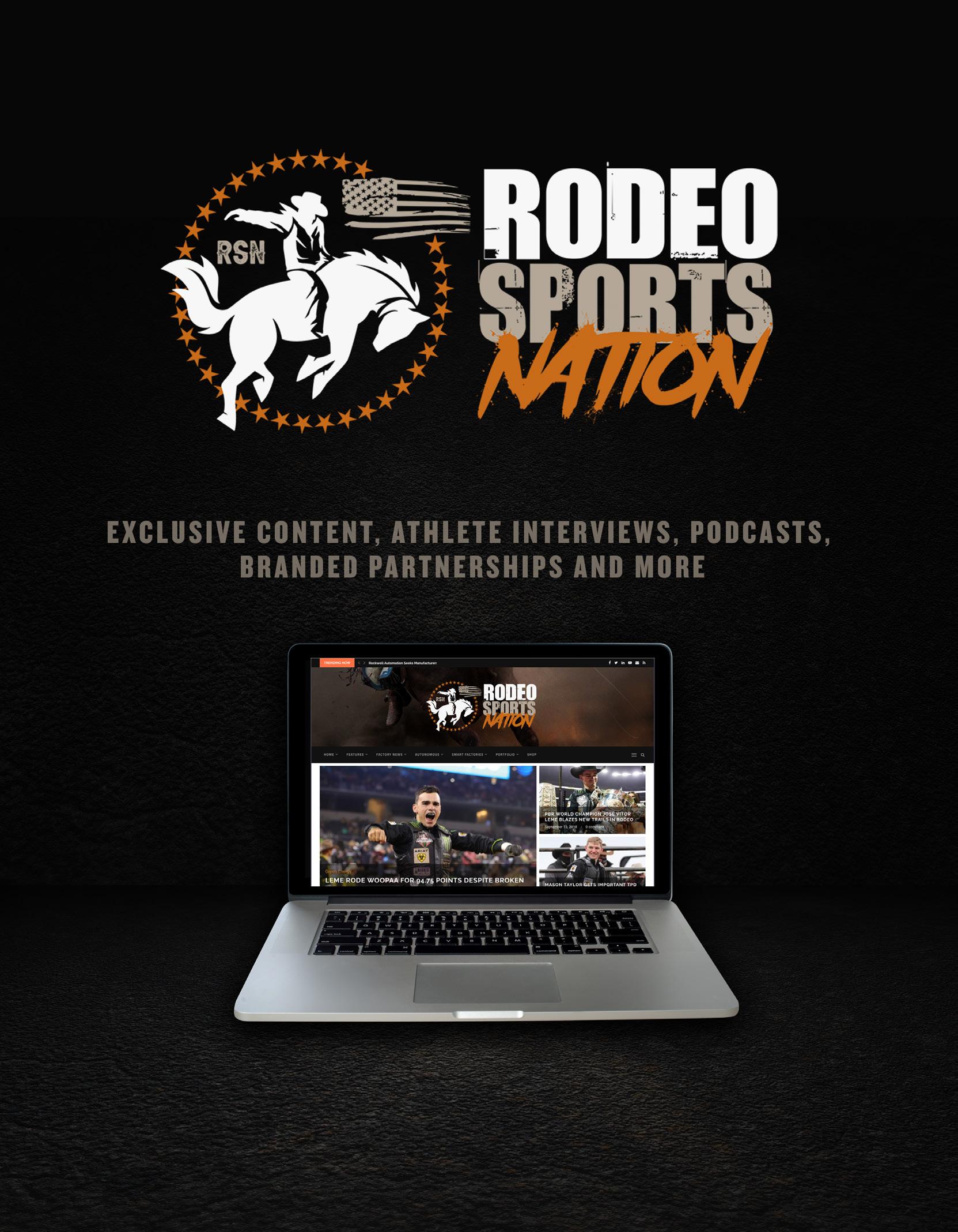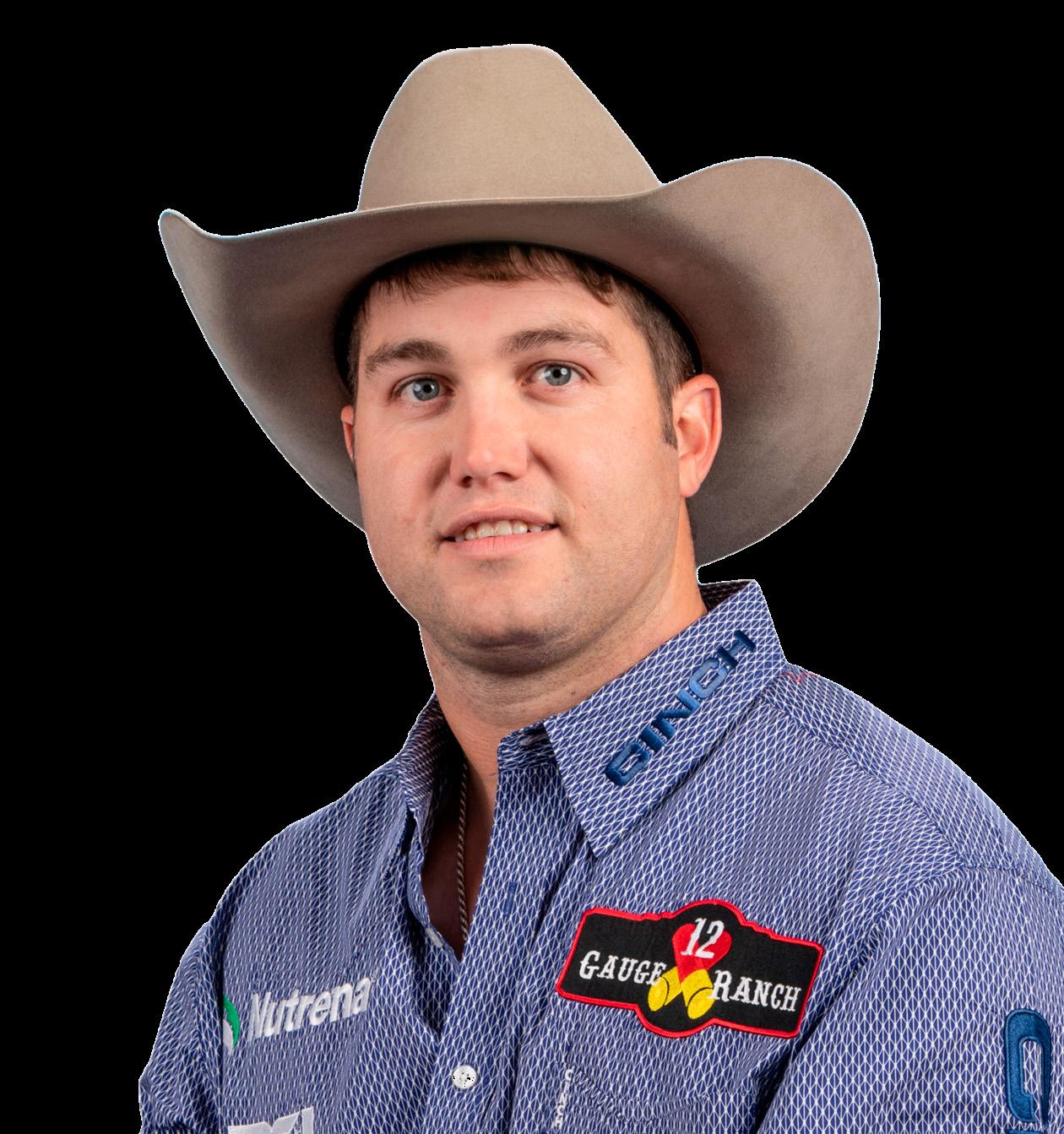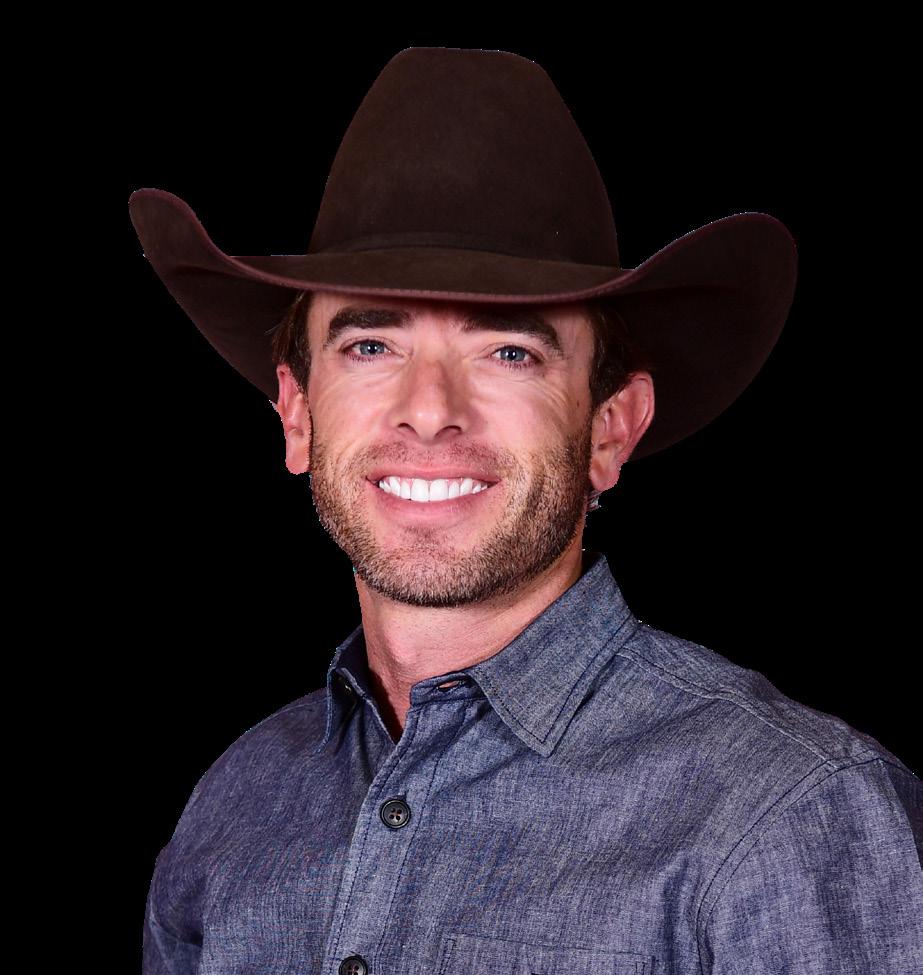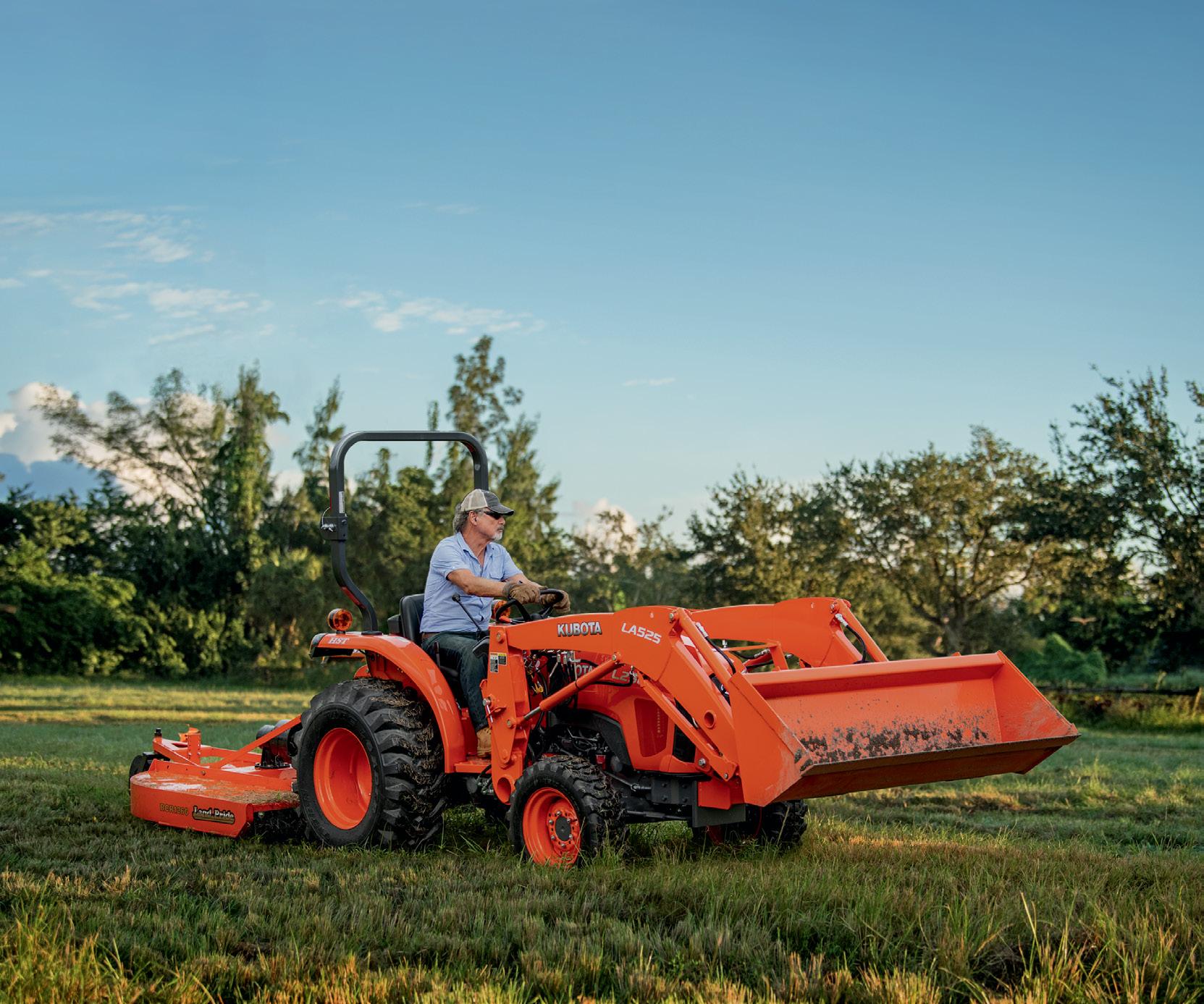






Welcome to the 2021 World Finals Edition of American Buckle Magazine. As this rodeo season comes to an end, rodeo fans may one day look back on 2021 as the greatest year in rodeo history. The impressive performances make it clear these athletes are focused on making their mark in history.
In this issue, we sit down with tie-down roper Shane Hanchey to talk about his life as a rodeo athlete. It’s been an eventful year for Hanchey, the 12-time NFR tie-down roping finalist who finished first in the 2021 PRCA regular season. In addition to having one of the best seasons of his career, he married barrel racer and breakaway roper Taylor Jacob (now Taylor Hanchey), grew his Cajun food trailer business and hosted the biggest Shane Hanchey Invitational to date.
Breakaway roping is one of the fastest-growing sports in rodeo. The women of the professional breakaway circuit are no doubt among the best in the world. Many of the biggest brands in rodeo see a bright future for breakaway. Earlier this year, Smarty Roping, the go-to name behind the best roping machines on the market, acquired Elite Custom Saddles in a bid to leverage Elite’s top-quality production and provide superior standard saddle options under the Smarty Saddlery name. Breakaway roper Shelby Boisjoli, who is headed to the Wrangler National Finals Breakaway Roping (NFBR) first place in the 2021 standings and is sponsored by both companies, recently worked with Elite to design a custom, handcrafted saddle to suit her personal needs as a competitor. Breakaway ropers often use calf roping saddles that saddlemakers typically design for male builds. However, Boisjoli’s oneof-a-kind saddle highlights why saddlemakers should consider women’s preferences as breakaway continues to grow in popularity.
After the conclusion of the 2021 PBR World Finals in Las Vegas, words like “historic,” “record-breaking,” and “G.O.A.T.” (Greatest of All Time) were some of
the adjectives being spread around the world. 2020 PBR World Champion José Vitor Leme headed into the World Finals with roughly a 600-point lead over Kaique Pacheco and Cooper Davis, both of whom were also in the hunt. From the beginning of the season, Leme battled through injuries and setbacks to earn a record-breaking 24 90-point rides by the time he won his second consecutive gold buckle. He gave rodeo fans the finale of a lifetime in Round 6 when he pulled off one of the greatest eight-second rides in history, earning 98.75 points on YETI’s 2021 World Champion Bull, WooPaa.
Rodeo sports may be largely solitary, but no rider or roper should have to face personal challenges alone. That’s the philosophy behind the Western Sports Foundation (WSF), a nonprofit dedicated to improving the lives of the nation’s riders and ropers. WSF seeks to enhance rodeo athletes’ health and mental well-being through initiatives such as financial assistance for injured rodeo athletes, scholarships, wellness programs, support for those in need of mental health services, addiction treatment and much more. We sit down with three rodeo athletes who share deeply personal stories of how WSF’s work has impacted their lives.

Finally, we here at American Buckle Magazine want to give a special “thank you” to all our advertisers and staff who make our publication such a great success. We couldn’t do it without any of you!
 Publisher,
Publisher,







1 Source Media, LLC
1524 South Prescott Avenue
Clearwater, Florida 33756
Tel: (727) 743-9514
Email: info@americanbucklemagazine.com Website: www.americanbucklemagazine.com


Follow us on social media: Facebook & Instagram @americanbucklemagazine
President & Publisher: Chris Dize
Account Executive: Mark Palau Graphic Designer: Jon Pharr
Senior Writer & Editor: Whitney Meers
Contributing photos as follows: Photos Courtesy of the PRCA Photos Courtesy of WPRA Photos Courtesy of PBR
Credited Photographer: Andy Watson/Bull Stock Media Andre Silva Click Thompson
Copies available at $7.95 + $5.55 shipping & handling by Visiting our website: www.americanbucklemagazine.com
PRINTED IN THE USA
Reproduction of any part of this publication in part or whole without written permission of American Buckle Magazine(ABM) is strictly prohibited. © 2021, all rights reserved.

All advertisements and/or editorials are accepted by ABM on the representation that the advertiser, its advertising company and/or the supplier of the editorials are authorized to publish the entire contents and subject matter thereof. The ad vertiser, its advertising company and/or the supplier of the editorial will defend, indemnify and hold ABM harmless from any liability resulting from any claims or suits led for libel, violation of privacy, plagiarism, copyright, or trademark
infringement and any other claims or suits that may rise out of publication of any such advertisements and/ or editorials. Press releases are expressly covered within the definition of editorials. No part of this publication may be reproduced without written permission from American Buckle Magazine. Readers are advised that use of the information con tained is at their own risk. ABM assumes no responsibility for unsolicited editorial, photography or art submissions. In addition, no Terms and Conditions agreements for either solicited or unsolicited photography submissions are recognized by American Buckle Magazine unless signed and returned by the editor.





























































It’s been an eventful year for Shane Hanchey, the 12time NFR tie-down roping finalist who finished first in the 2021 PRCA regular season. Between marrying barrel racer and breakaway roper Taylor Jacob (now Taylor Hanchey), growing his cajun food trailer business and hosting the biggest Shane Hanchey Invitational rope-in to date, it’s hard to imagine how he also has time for a rodeo career, too.

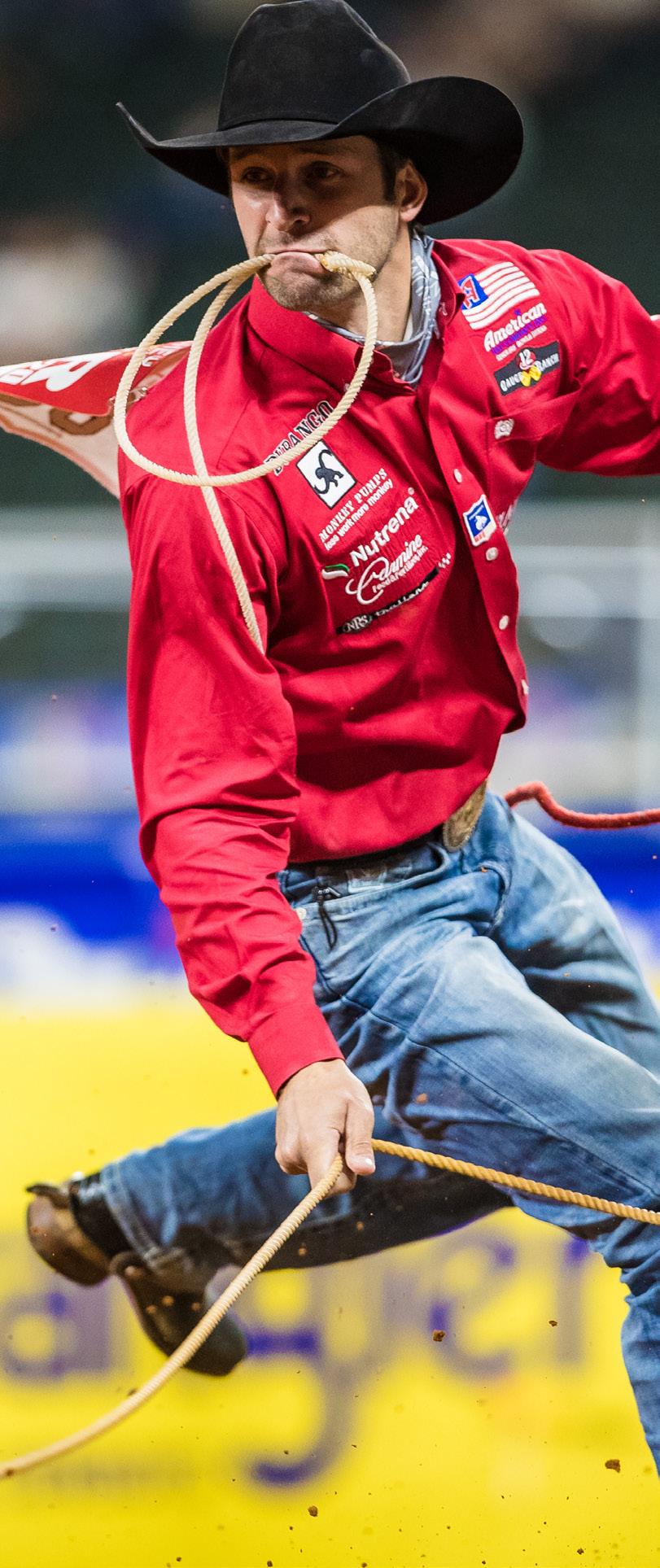
But an old adage says that if you want something done, give it to a busy person. That seems to be the case with Hanchey, who dominated the season with wins at several major rodeos. He took first at The American (Arlington, Texas), known as “the world’s richest weekend in western sports,” and other big wins included The Pendleton (Ore.) Round-Up and the World’s Oldest Rodeo (Prescott, Az.).
“I think when I look back on this in 10 or 20 years when my career’s done, I could probably say this was the best year I’ve ever had, start to finish,” Hanchey says. “I’m hoping we can finish it off in December.”
 Photo By Click Thompson
Photo By Click Thompson
Things seem only to be getting better for Hanchey. He’s been on a roll ever since last year’s NFR when he won the NFR average title with 83.1 seconds on ten head to land third place in the world standings. This year, he’s looking to take home a second NFR World Champion buckle, after securing his first one in 2013.
After coming off of a challenging 2020 PRCA season heavily disrupted by the COVID-19 pandemic, this year’s early-season win at The American back in April gave him an early boost in the race toward a world champion title. Event winners at The American earn $100,000, though only half counts toward the PRCA world standings.


“It gave me a lot of confidence and a lot of momentum headed into the spring and summer,” he says.

As of the end of the regular PRCA season, more than $40,000 in earnings stand between him and second-place Westyn Hughes. But as rodeo athletes know, there’s no telling what could happen at the finals. With this year’s NFR payouts totaling $13.3 million, including $26,997 for round winners and $69,234 for average winners, the title could come down to a single round.
If Hanchey can repeat his 2020 NFR performance, there’s no cause for concern. Given that this is his 12th event, it helps that he knows what to expect.
“It’s pretty taxing for those ten days, so I’ve got to be ready mentally and physically,” he says. “At the end of the day, when the first round starts, I’ve got to be mentally sharp and strong and ready for anything that comes at me.”

I’ve got to be mentally sharp and strong and ready for anything that comes at me.Photo By Click Thompson
Though it takes a lot of work and discipline to become an NFR world champion contender, Hanchey still finds time to pursue other passions. Among the biggest is Bo’s Boil N Geaux, the food trailer he and his wife operate on the weekends throughout the height of crawfish season in Giddings, Texas. The truck keeps them busy in the spring and early summer.
Through Bo’s, Hanchey pays homage to his Louisiana heritage by introducing Texans to the unique flavors of the bayou. Offerings include bags of crawfish and steamed shrimp, along with dishes like gumbo and crawfish etouffee.


“I love being from Louisiana. I love everything about it, whether it’s the food or the college football or the people,” he says.

He notes that people from Louisiana have been through a lot in recent years, including several major hurricanes and severe flooding. But in the face of such obstacles, the people have persevered.
“It makes me feel good to be from there. If I can generate anything from that in dishing out some cajun food to my Texans, that’s what it’s all about,” he says.
That community-minded sentiment is a recurring theme in Hanchey’s life. Every fall, he brings the roping community together for the Shane Hanchey Invitational. The event,

which also takes place in Giddings, displays some of the best roping in the world.
“It’s a rope-in, but it’s really more of a party, festival atmosphere,” he says. “We get a lot of people who come in for the weekend, and we watch college football and enjoy the company.”
Now in its 13th year, this year’s event included both breakaway roping and tie-down roping. For the tie-down event, Hanchey invited all 15 of the year’s NFR-qualifying calf ropers along with previous NFR world champions. The tradition dates back to his high school days, but the celebration continues to grow each year.

“I mean, it sounds cliche, but it gets better and better each year. It gets bigger each year. Guys win more money than they did the year before,” he says.
Of course, he doesn’t do it all on his own. His wife plays a significant role in putting on the event as well, and he brings on a manager to handle some logistics. Still, it’s a lot to take on, with the preparations taking place during the summer and fall months, some of the busiest of the PRCA season.
“It’s a six-month process from planning the event to hosting the event and then wrapping it up. There’s a lot that goes into it,” he says.
Photo By Click Thompson


love being from Louisiana. I love everyting about it, whether it’s the food or the college football or the people.
HANCHEYPhoto

Perhaps it’s no coincidence that one of Hanchey’s alltime best years comes the same year he married Taylor. Whether it’s wedded bliss or just good timing, they’re both having incredible years.

“It’s funny that since we got married, both of our careers have taken off,” he says.

After reaching the top 15 in both barrel racing and breakaway roping, Taylor became the first woman to ever qualify for two Pro Rodeo finals events in the same year.

It’s all been a wild ride for Hanchey, whose earliest ambitions didn’t involve horses or ropes. Instead, he wanted to play baseball. But during high school, he grew
serious about calf roping. He eventually told his baseball coach he planned to quit the sport to pursue rodeo. The coach told Hanchey it was the dumbest thing he’d ever do.
But Hanchey had the last laugh. A long list of career successes and more than $2 million in lifetime earnings show he made the right decision, and it all came full circle.
“He’s the principal of my old high school now. Long story short, he’s one of my biggest fans,” says Hanchey. “He understands the decision I made and he thinks it was totally worth it now.”
It’s easy to see why the coach may have opposed the idea. Many young people embark on rodeo careers without understanding the personal sacrifices involved in making a living from riding or roping. Hanchey himself sees this in some of today’s younger athletes.

“The biggest question I get asked by the youth is ‘How do I get sponsors?’” he says. “You get sponsors by winning and being presentable. It’s not by going around and asking how you get sponsors.”
He knows a thing or two about sponsorships. His own long list of sponsors includes Community Coffee, MonkeyPumps, Cinch Jeans, American Hat Company, Durango Boots, Nutrena Feed, Bill Fick Ford, 12 Gauge Ranch, Carmine Feed & Fertilizer, Breggy Bomb Salsa and Best Ever Pads.

Those sponsors represent yet another vote of confidence for him as the NFR approaches. Regardless of what happens at the Thomas and Mack, 2021 will always be a year for Hanchey to remember.
“I would be understating if I said it was a good year,” he says. “It’s been a great year.”
I would be understating if i said it was a good year. It’s been a great year. -SHANE HANCHEYPhoto By Click Thompson Photo By Click Thompson



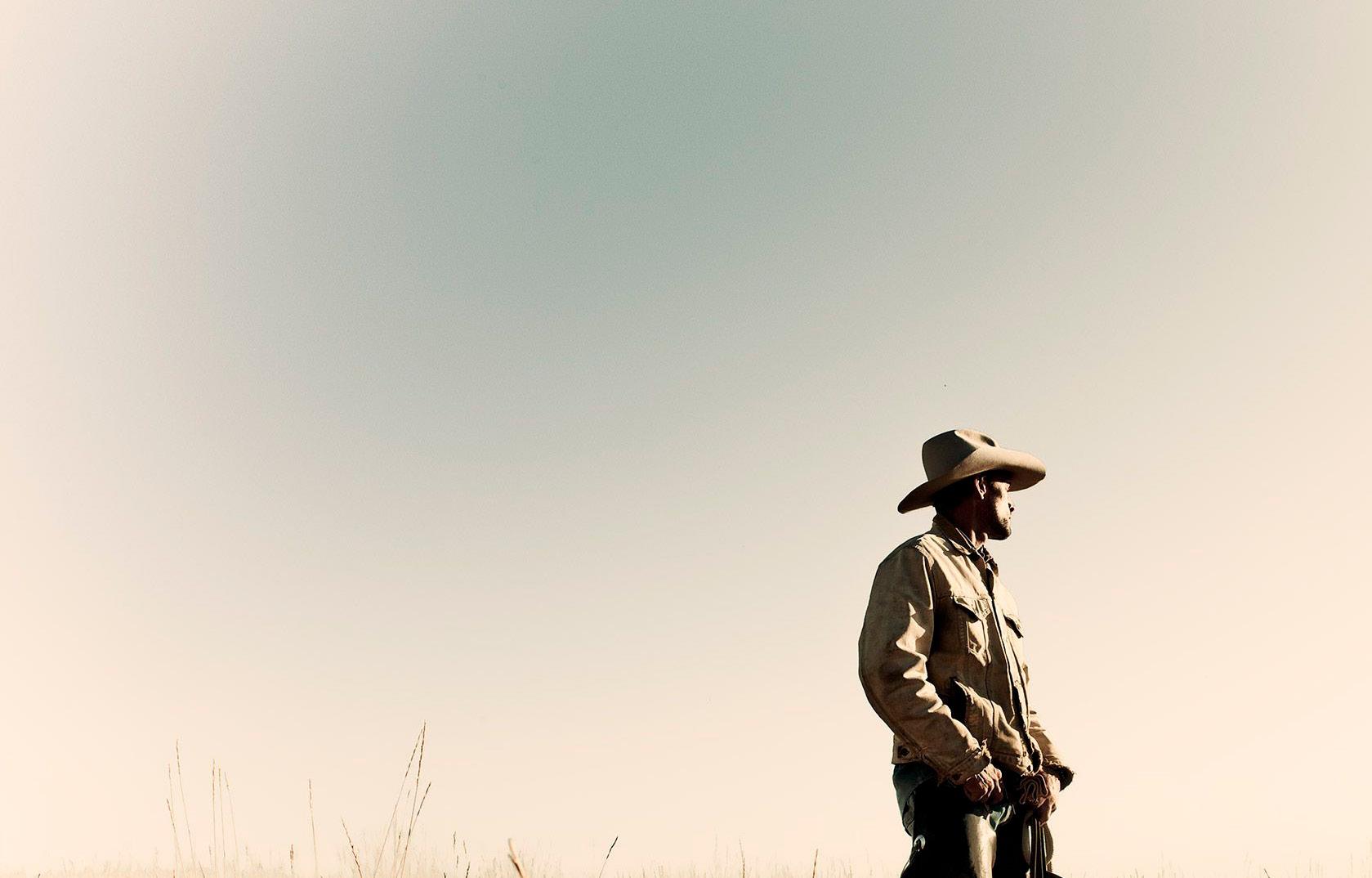





















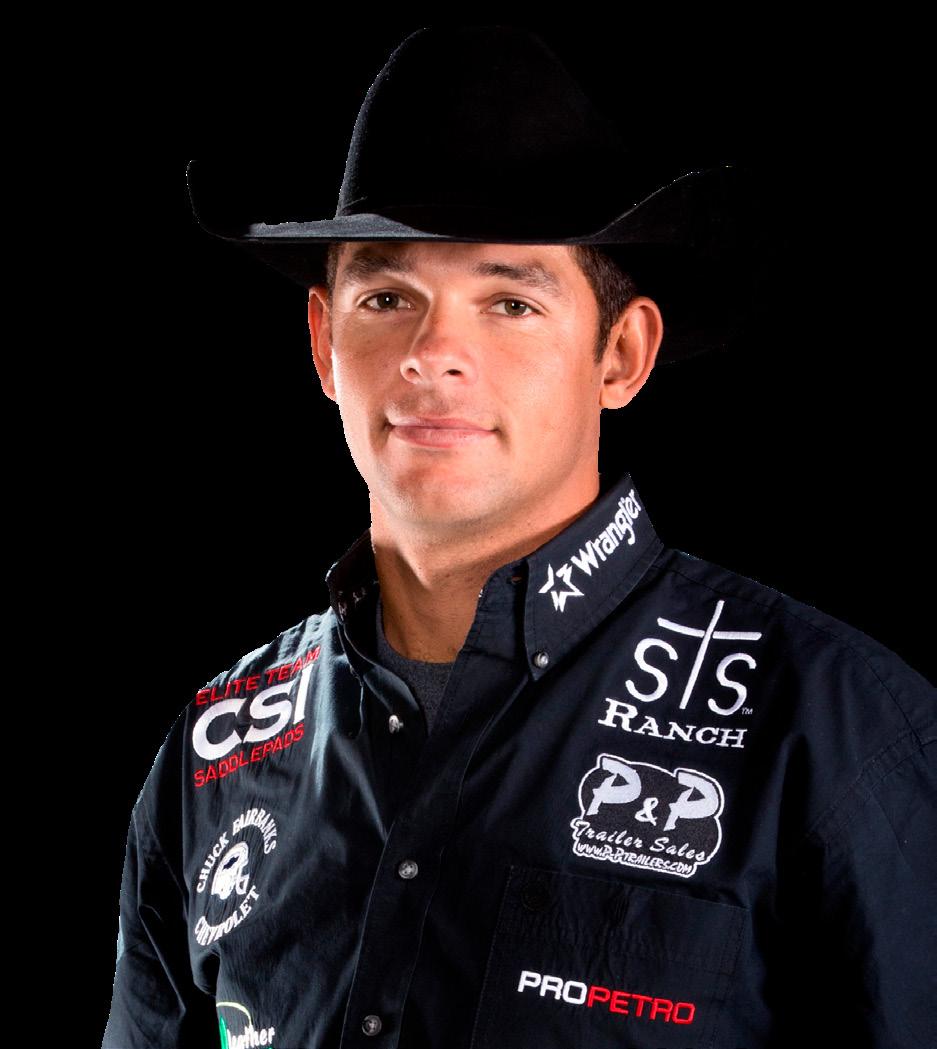













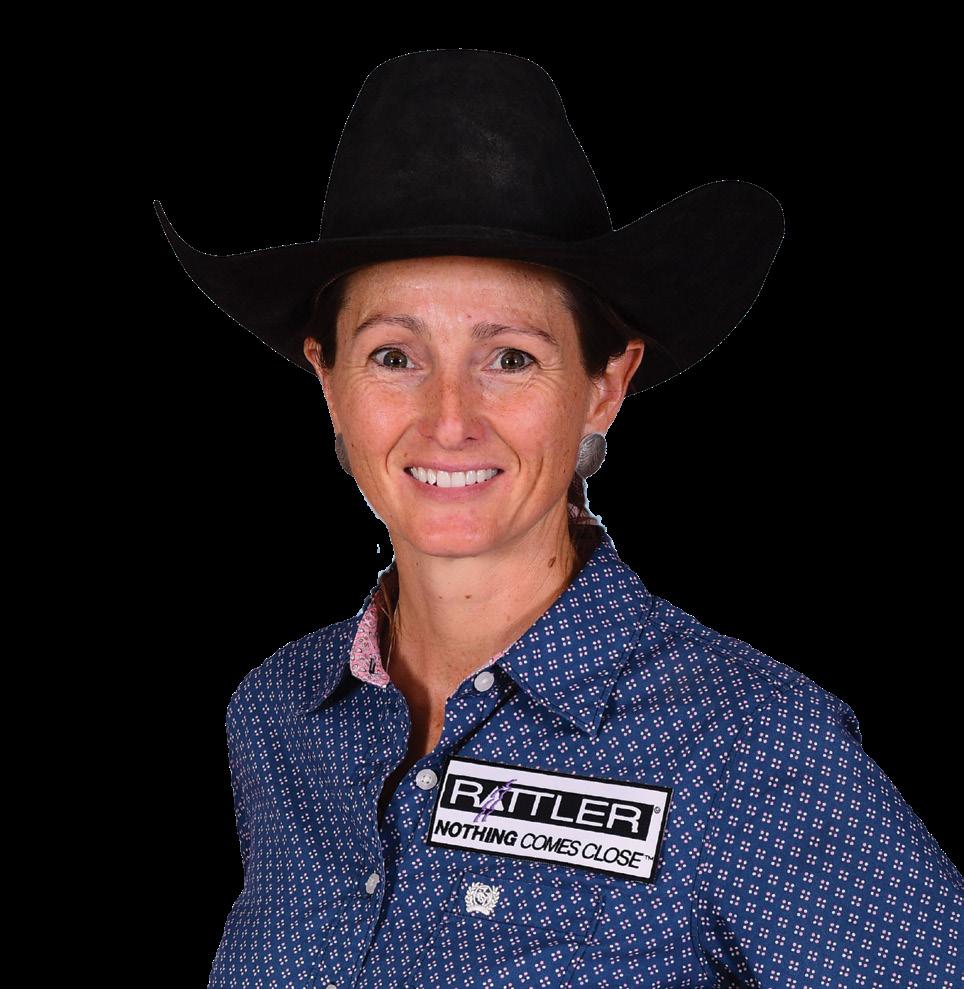










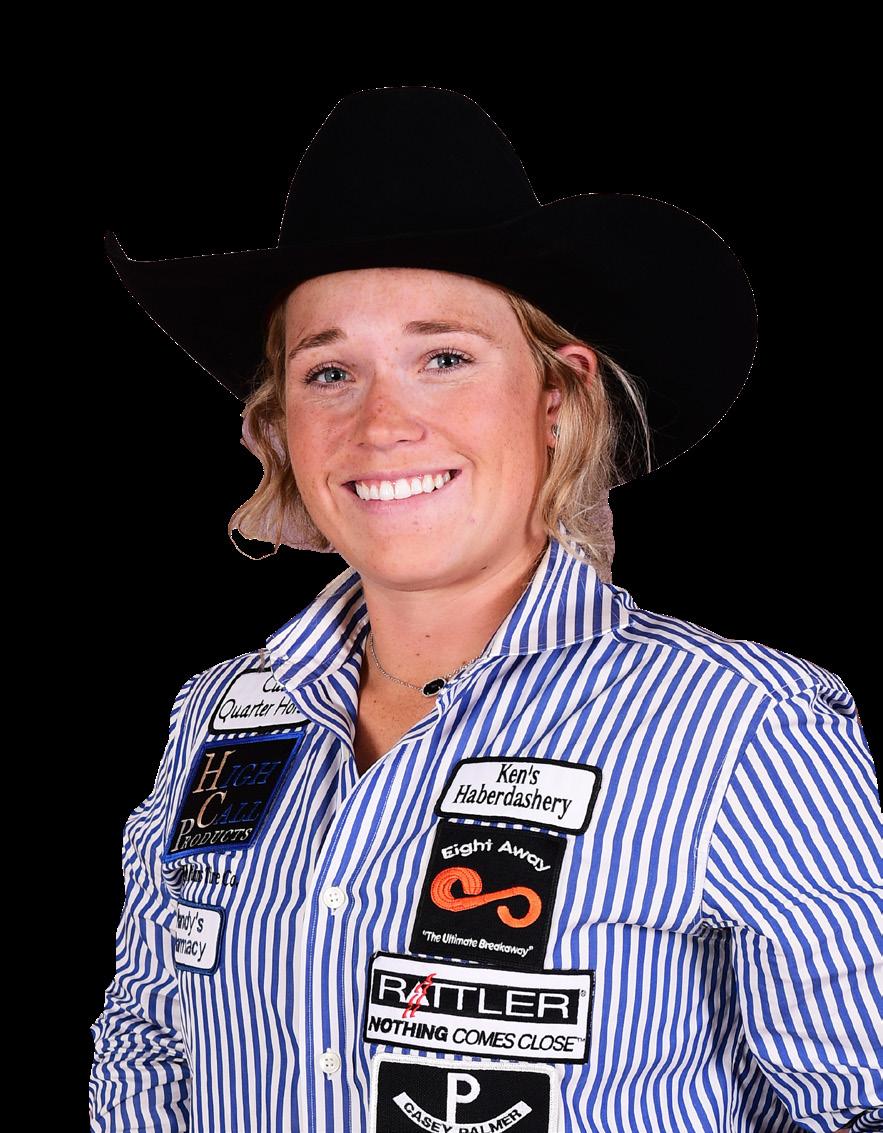
























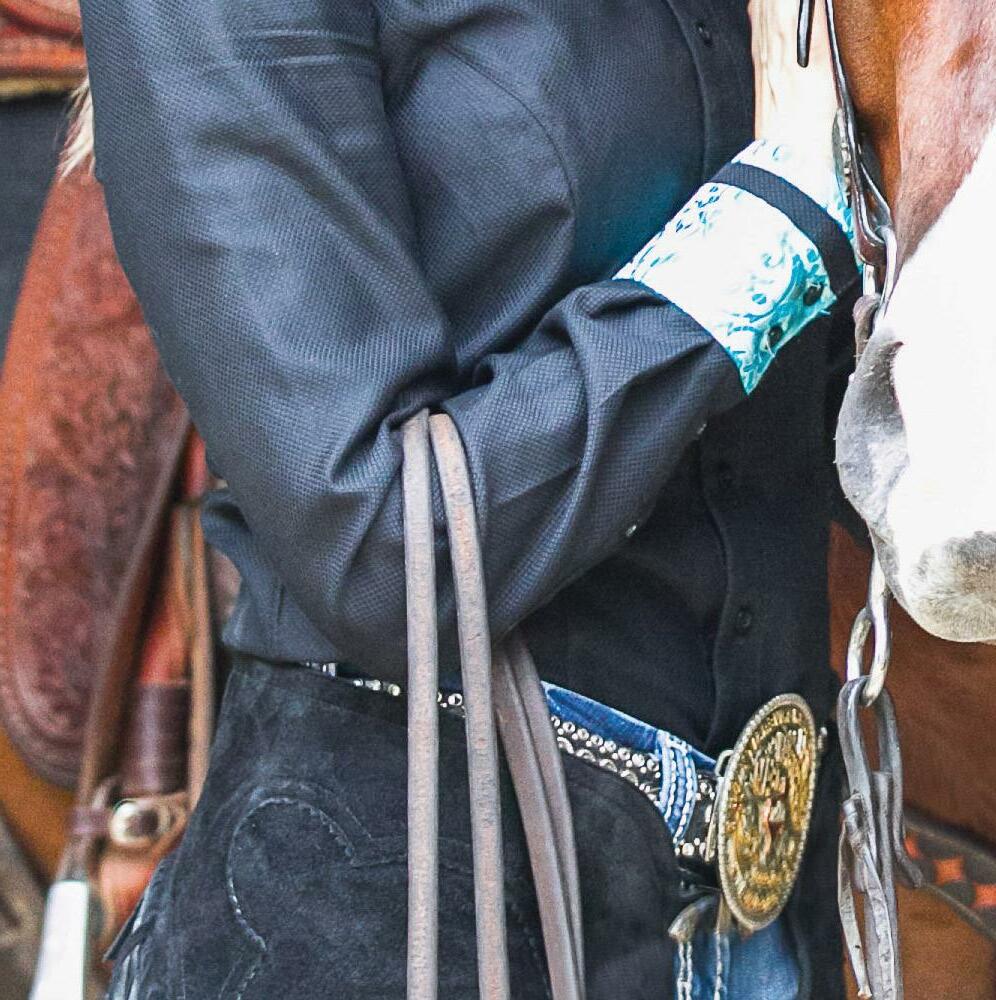





It’s been a big year for Smarty Roping, the go-to brand name behind the best roping machines on the market. Earlier this year, Smarty acquired Elite Custom Saddles in a bid to leverage Elite’s top-quality production and provide superior standard saddle options under the Smarty Saddlery name. Elite has a solid reputation for its top-tier custom saddles, which Jon Carpenter artfully handcrafts and customizes to meet the needs of the industry’s most discerning cowboys and cowgirls.
The acquisition is a result of a shared philosophy that puts quality over quantity. It brings together two of the most reputable brands in rodeo, promising the top-tier products people have come to expect from the Smarty and Elite names.



Everyone in the rodeo business knows Smarty Roping, which sells top-of-the-line training machines made to the highest standards. Founded in 2010 by four-time world champion and Hall of Fame team roper Allen Bach, Smarty offers a variety of products for team roping, calf roping, and breakaway roping.
With its acquisition of Elite, Smarty will enhance its saddle offerings under its Smarty Saddlery brand. However, it will also continue to offer custom, handcrafted saddle options under the Elite name.
“I met those guys, and we just kind of hit it off,” Elite’s Jon Carpenter says of his decision to work with Smarty. “They seemed like they had good ethics about them and were looking to do the right thing. We didn’t want to put quantity over quality. Sometimes it takes a little longer to build a better product, and they were pretty understanding.” Carpenter made a name for himself by customizing saddles for his friends in rodeo before starting Elite as a proper business. Today, Elite offers customization options for colors, stirrups, tooling, conchos and more.

Shelby Boisjoli, who is headed to the Wrangler National Finals Breakaway Roping (NFBR) first place in the 2021 standings, knows all too well that Smarty Roping and Elite Custom Saddles are a great match. As one of breakaway’s most competitive ropers, she earned sponsorships from both companies well before the acquisition.


“It was really cool to see those two companies combine because they’re both really big companies, as far as your roping and your horse. It’s pretty cool that Smarty can make roping sleds to make your horse better, and now they’ve adopted this new saddle company to design saddles for the roper and the horse,” says Boisjoli. “I was really excited about their partnership.”

Carpenter says his daughter, who is just getting started in breakaway, helped influence him to sponsor Boisjoli. He knew Boisjoli as an accomplished breakaway roper, but was even more impressed when Boisjoli took the time to chat with his daughter at a rodeo event.
“We started talking to Shelby, and she was just very genuine,” says Carpenter. “I think it’s just a lot of character to be able to spend some time with younger kids that are looking up to you.”
I think that it’s going to be a really good thing, to open a lot of doors for us to be able to rope for the same amount as the cowboys and have the same opportunities as them.

 -Shelby Boisjoli
-Shelby Boisjoli


For Boisjoli, working with Smarty and Elite is about more than just sponsorship. It’s also about securing the future of breakaway roping as a mainstream rodeo event.

She recently worked with Elite to design a custom, handcrafted saddle that also suits her personal needs as a competitor. Breakaway ropers often use calf roping saddles that saddlemakers typically design for male builds. However, Boisjoli’s one-of-a-kind saddle highlights why saddlemakers should consider women’s preferences as breakaway continues to grow in popularity.
“I think that the saddle is going to be a huge step for breakaway ropers. I wanted to design something because there’s a lot of great calf roping saddle makers, and they do a really great job,” she says. “But nobody’s ever made a saddle specifically for breakaway ropers.”

Because women have different builds than men, saddles designed for male body types aren’t optimal for breakaway ropers. So, with Carpenter’s help, she sought a narrower

design to help her better hold herself at the front of the saddle as she leaves the box.
She also addressed the size of the stirrups, which has proven an issue for her in the past.
“With a lot of saddles, the stirrups are huge. I’ve had a lot of calf roping saddles. My foot goes through my stirrup a lot, so we made it mainly for breakaway ropers,” she says.
Though Elite was already working on a breakaway saddle design, Boisjoli’s input on her custom saddle led Carpenter to design a second option.
“The one we built had more of a dally horn on it. We changed hers up a little more, made it look a little more like a calf roping saddle, but it’s still going to sit the same as that breakaway saddle,” Carpenter says. “So, now we’ve got two options in that breakaway saddle because of her.”
Boisjoli is part of a group of women who are elevating breakaway’s future. Thanks to these women’s efforts, breakaway has skyrocketed in popularity in recent years.
“I think we’re just starting to get our foot through the door, for it to be really good money for the breakaway ropers,” she says regarding the rodeo community’s emerging interest in the sport. “I think that it’s going to be a really good thing, to open a lot of doors for us to be able to rope for the same amount as the cowboys and have the same opportunities as them.”


Breakaway ropers faced frustration this season because it was unclear whether there would be a sanctioned national finals event as part of the Wrangler NFR. When faced with a proposal that offered the breakaway ropers a limited appearance at the Thomas & Mack Center during the NFR, the women stuck to their guns. Instead, this year’s NFBR will be held over two days at the Orleans in Las Vegas, with a prize pool of at least $200,000.
“We’re all on the same team, and we all make decisions together,” Boisjoli says of her fellow breakaway ropers.


“We all agreed that we’re not going to do anything without each other, and if one person doesn’t agree, then we’re going to figure out a way to make it good for everybody.”

These women play a vital role in the event’s future. Support from companies like Smarty and Elite furthers these efforts. The emergence of saddles designed specifically for breakaway can help show that the industry takes the sport seriously.

“We’re making it better for the next generation. That’s what’s mainly talked about in all the meetings — how we can make the sport better for the up-and-coming girls?” Boisjoli says.
As for her strategy for the Orleans, she plans to keep doing what she’s done throughout the season.
“I’m really not trying to worry myself too much with it. I’m not trying to do anything different or prepare in any other way than I have the whole season,” she says.

To learn more about Smarty Roping and Smarty Saddlery, visit www.smartyroping.com. To find out more about Elite Custom Saddles and its wide array of customization options, head to www.elitecustomsaddles.com.
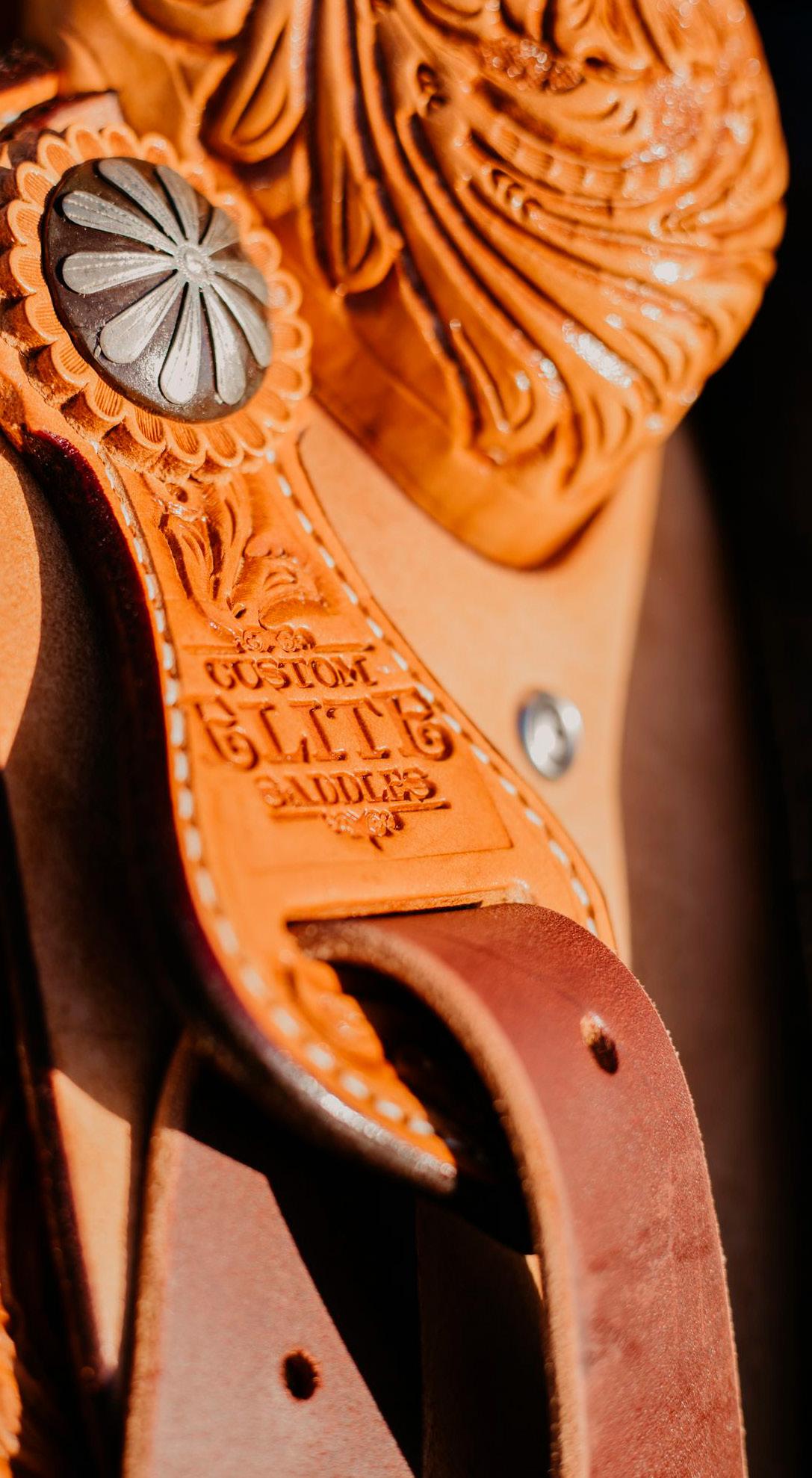
We’re making it better for the next generation. That’s what’s mainly talked about in all the meetings — how we can make the sport better for the up-and-coming girls?














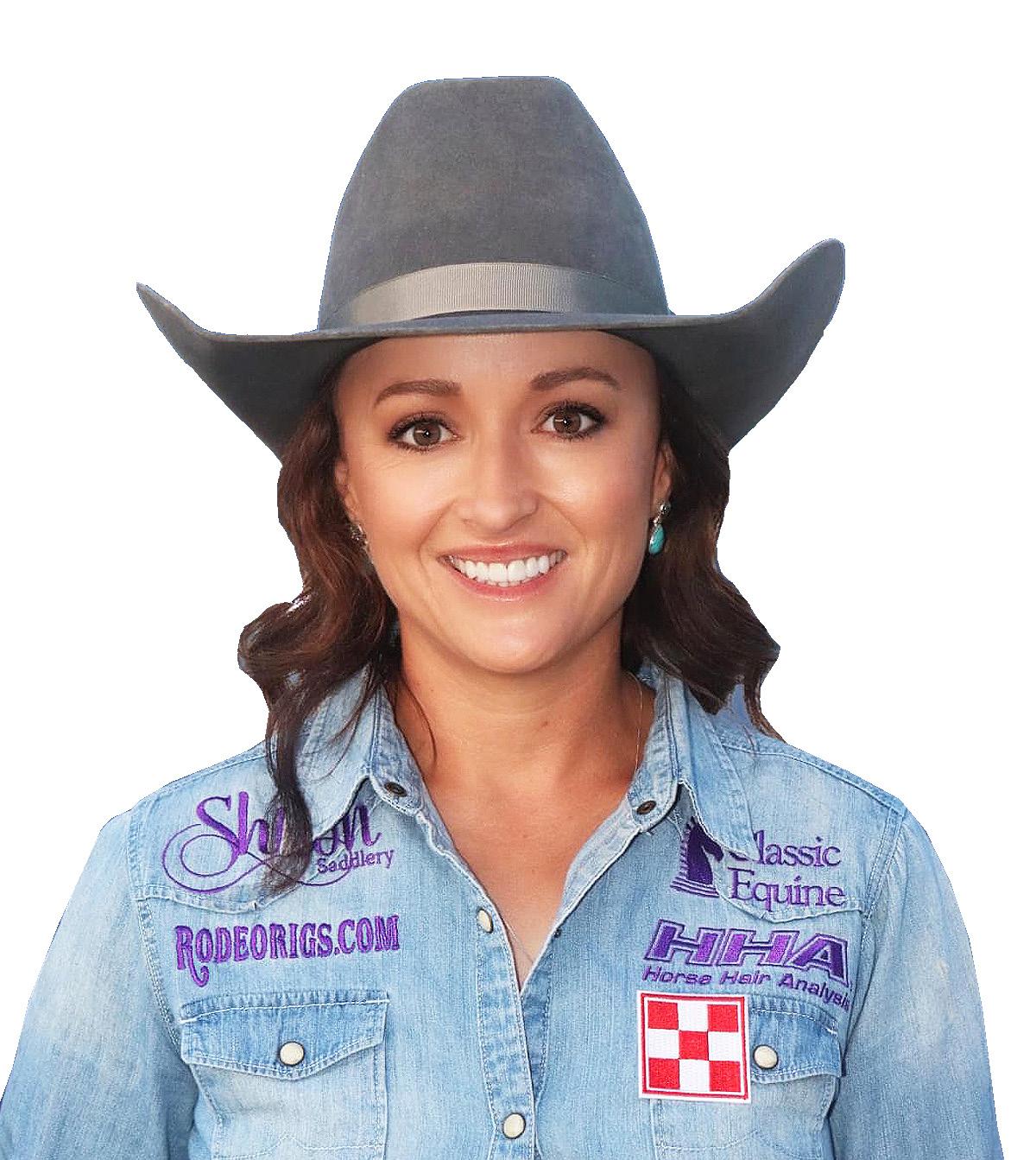







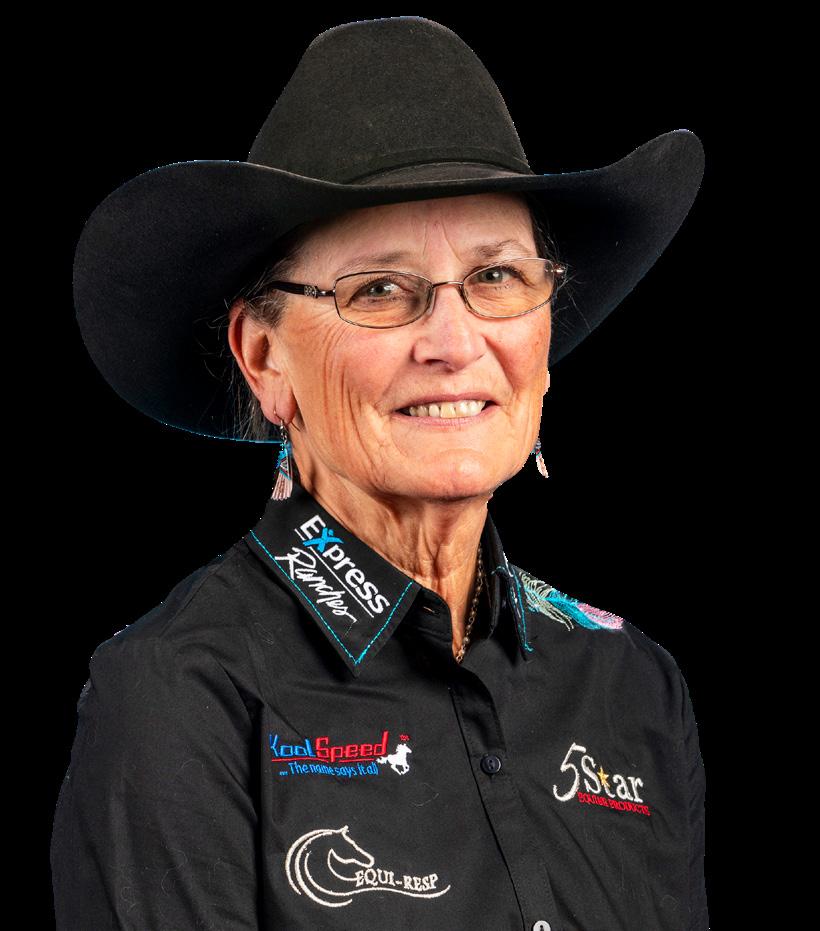













Rodeo sports may be largely solitary, but no rider or roper should have to face personal challenges alone. That’s the philosophy behind the Western Sports Foundation (WSF), a nonprofit dedicated to improving the lives of the nation’s riders and ropers. WSF seeks to enhance rodeo athletes’ health and mental wellbeing through initiatives such as financial assistance for injured rodeo athletes, scholarships, wellness programs, support for those in need of mental health services, addiction treatment and much more.
Founded as the Rider Relief Fund in response to bull rider Jerome Davis’s career-ending injury in 1998, WSF now supports rodeo athletes of all disciplines and at any stage of their careers.
As part of this year’s PBR’s festivities, cowgirl icon Peyton Martin Gay hosted the Third Annual Peyton’s Project Runway benefiting WSF. The western fashion celebration event and auction, produced with support from WSM Auctioneers, included donated items from high-profile PBR athletes. Each year, the event brings the rodeo community together to raise awareness about WSF’s work in giving back to the ropers and riders who make rodeo so special.
WSF’s work has touched thousands of lives, fostering a supportive environment for rodeo
athletes in need of assistance. The organization’s services are entirely confidential, meaning athletes don’t have to worry that their industry peers will find out about their personal issues. Offerings range from one-time social media training classes to extended efforts to procure top-tier medical care and financing for injured rodeo athletes.




“We’re here to help any athlete, no matter how successful or how new you are to the circuit,” says Aubrey O’Quin, Executive Director of WSF. In her role, O’Quin personally works with rodeo athletes to help them overcome challenges such as depression, access to adequate medical care and financial hardships stemming from debt.
What follows are three stories of perseverance made possible with help from WSF. Together, they illustrate WSF’s extraordinary work in providing a safety net to help rodeo athletes reach their full potential.

We’re here to help any athlete, no matter how successful or how new you are to the circuit. -Aubrey O’Quin
In 2018, news of J.R. Vezain’s back injury shook the rodeo world. The PRCA bareback rider, who was Resistol Rookie of the Year in 2011 and had qualified for the Wrangler National Finals Rodeo six times, had also only recently learned his wife was pregnant. After a horse flipped on him, he soon found he was paralyzed from the waist down.


However, with a bronc rider’s grit and a “never quit” attitude, Vezain is committed to walking again. And, he’ll do so with help from WSF and other members of the rodeo community.

“There’s no shame in being helped out. It’s a blessing for somebody. You robbed somebody of their blessing if you don’t allow them to help you,” he says.
After the injury, PBR bull rider J.B. Mauney reached out to Vezain to introduce him to O’Quin. WSF signed on to provide Vezain with financial assistance, but that was only the beginning.

In the months after the accident, O’Quin reached out to Vezain to gauge his interest in participating in a medical trial involving the use of an exoskeleton. Vezain signed on, and the study took place in April of this year.

“After the first day of walking in that system, I decided I needed to get one for at home. It was incredible. It was the most real feeling of walking I’ve had, post-injury,” says Vezain.
The exoskeleton had electronic sensors that revealed how much of his own effort he was putting into walking. On the study’s first day, Vezain put in 20 percent effort. But, after walking for an hour a day for 15 days, he’d worked his way up to 45 percent. It was encouraging. An exoskeleton could help Vezain achieve his dream of walking again.
Vezain determined the Indego Personal Exoskeleton best suited his needs, but it costs $100,000, plus an additional
$5,000 in annual warranty costs. He initially planned to raise money by selling his stagecoach and other items, but the community came through again. Lori O’Harver of nonprofit Bronc Riding Nation offered to help finance the exoskeleton, and bronc rider Mitch Pollack turned his Backyard Bronc Bash in Twin Falls, Idaho, into a fundraiser for Vezain.
Although they raised a great deal of money, it wasn’t quite enough. So, Vezain reached back out to O’Quin. WSF then offered $50,000, amounting to half the cost of the system.

“I believe that I’m going to walk again someday, and this was an absolute goal and dream of mine,” he says. “I feel like this is going to be a breakthrough for me.”
At O’Quin’s invitation, Vezain now sits on WSF’s athlete advisory board.

“It was a no-brainer for me. Somebody was willing to help a guy out they didn’t even know... I absolutely try to do my best to give back to them and do my part, too,” he says.

It’s tough for any bull rider to hear they’ll have to sit out for a few weeks and heartbreaking when they learn they’re out for an entire season. Retired bull rider Reese Cates knows this all too well, as 2008’s PBR Rookie of the Year suffered numerous injuries throughout his career.
Whenever Cates was out for an extended period, he turned to WSF, then called Rider Relief Fund. The organization provided financial assistance while he was unable to earn money from bull riding.
“It was something that enabled me to keep going and help keep my head above water during those times,” he says. “And then, whenever I did get healthy again, I was able to pick right back up where I left off without missing a beat.”
He recalls how the organization helped him after a shoulder injury put him out for 24 weeks, spanning most of the 2014 PBR season.


“They took care of me for those six months and helped me pay my bills and allow me to rehab my shoulder properly,” he says. “And whenever I came back at the end of those six months, the following season, which would have been 2015, it was the best year I’ve ever had.”
Now retired from professional bull riding, Cates presently works as a sales manager and runs a lifestyle brand, Unpaved American. He’s grateful for WSF’s support throughout his journey.

“A lot of guys get depressed when they’re out with an injury because they don’t know how to handle it. Their whole life has revolved around the sport. And now they’re broke, busted and disgusted,” he says.


Often, those in need of help will instead turn to drugs and alcohol for comfort. Cates encourages anyone in that situation to reach out to WSF.
“A lot of times, men feel like we are inadequate if we need help. Sometimes, the strongest thing that you can do is actually ask for help,” he says. “At the Western Sports Foundation, their job is to help you.”
Sometimes, the strongest thing that you can do is actually ask for help. -Reese Cates
When WSF offered Austin Meier an opportunity to participate in a medical study to help identify concussionrelated issues, Meier knew it could change his life. The former PBR bull rider, whose career highlights include the reserve World Champion title in 2010 and more than $1.3 million in lifetime earnings, was experiencing bouts of memory loss and behavioral changes. Having sustained concussions throughout his career, it seemed likely they’d impacted his brain function. In search of answers, he agreed to participate in the study, which included a full medical assessment.

After Meier tested at a genius level, a doctor leading the study knew concussions weren’t the issue. Meier’s heavy alcohol use was impacting his brain function.
“He just told me straight up, ‘You know, for being so smart, you’re really being dumb.’ And he told me, ‘You’ve got to stop.’” Meier says.
Having recently been hospitalized for pancreatitis, Meier was already aware alcohol was taking a toll on him. However, the revelation that alcohol use was affecting his brain was a wake-up call that his drinking could cost him his life.
“That was a big deal for me because it was on the brink of ‘too late,’” he says.

Fortunately, because of the study, there was still time for him to make life-saving changes. He developed the tools to approach personal challenges in a healthy way.

This month, Meier will celebrate 16 months of sobriety.
“Now, my life is beautiful,” he says.
Meier and his wife show their gratitude by participating in speaking engagements, serving as a beacon of hope for families impacted by alcohol and addiction.
“There’s no strength in suffering,” he says. “The courage and strength are in taking what is sometimes a scary, hard step.”
Meier even started riding bulls again, though he’s presently recovering from an injury. Still, he remains determined to ride.
“If God leads me to it, which I think He will, then I’ll get back on as soon as my body is ready,” he says.



WSF thrives because of volunteer and donor support. If you want to support WSF and its initiatives, or if you’re a rodeo athlete in need of support, visit www.wsf.org to learn more.

The courage and strength are in taking what is sometimes a scary, hard step.
-Austin Meier







































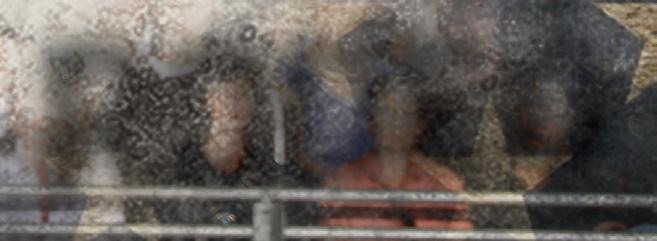











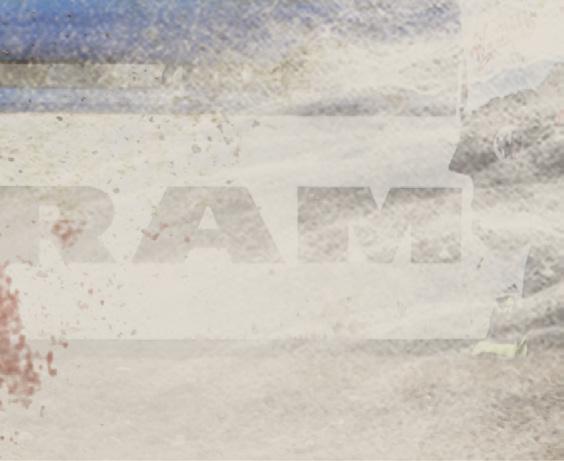





















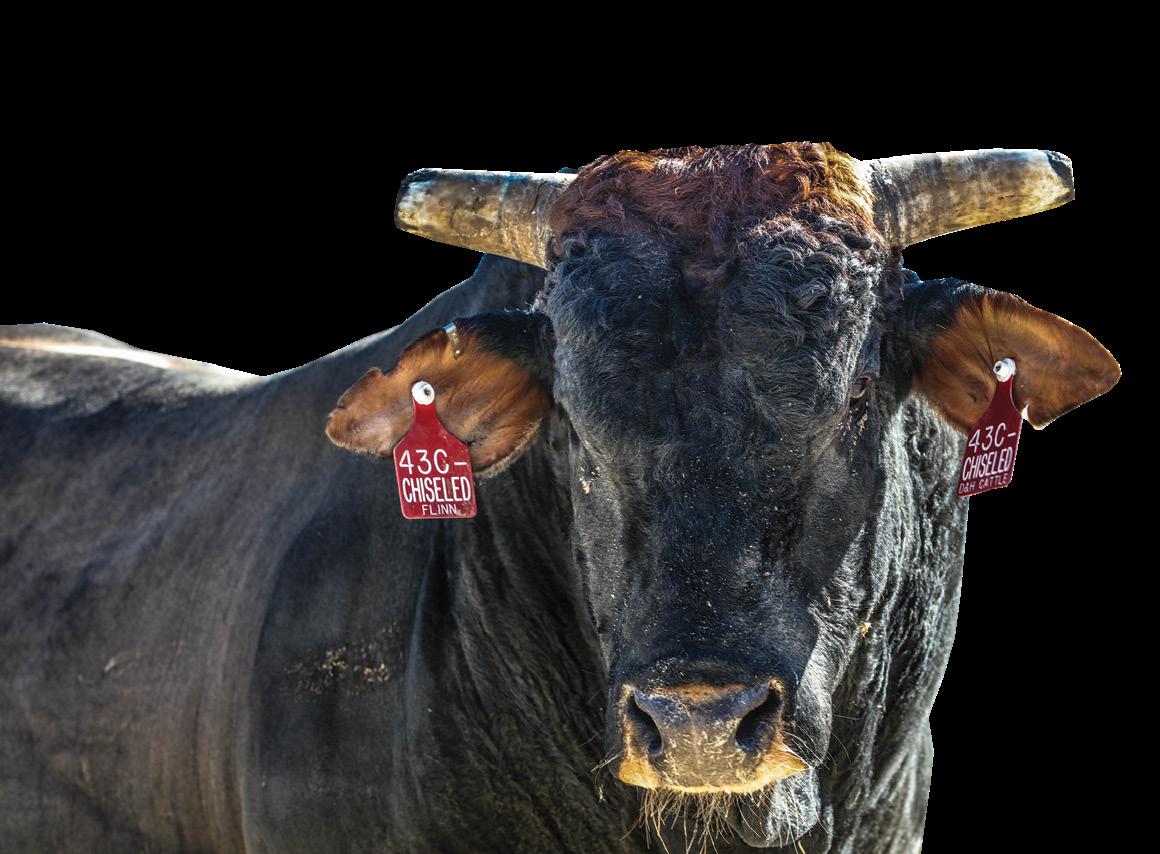


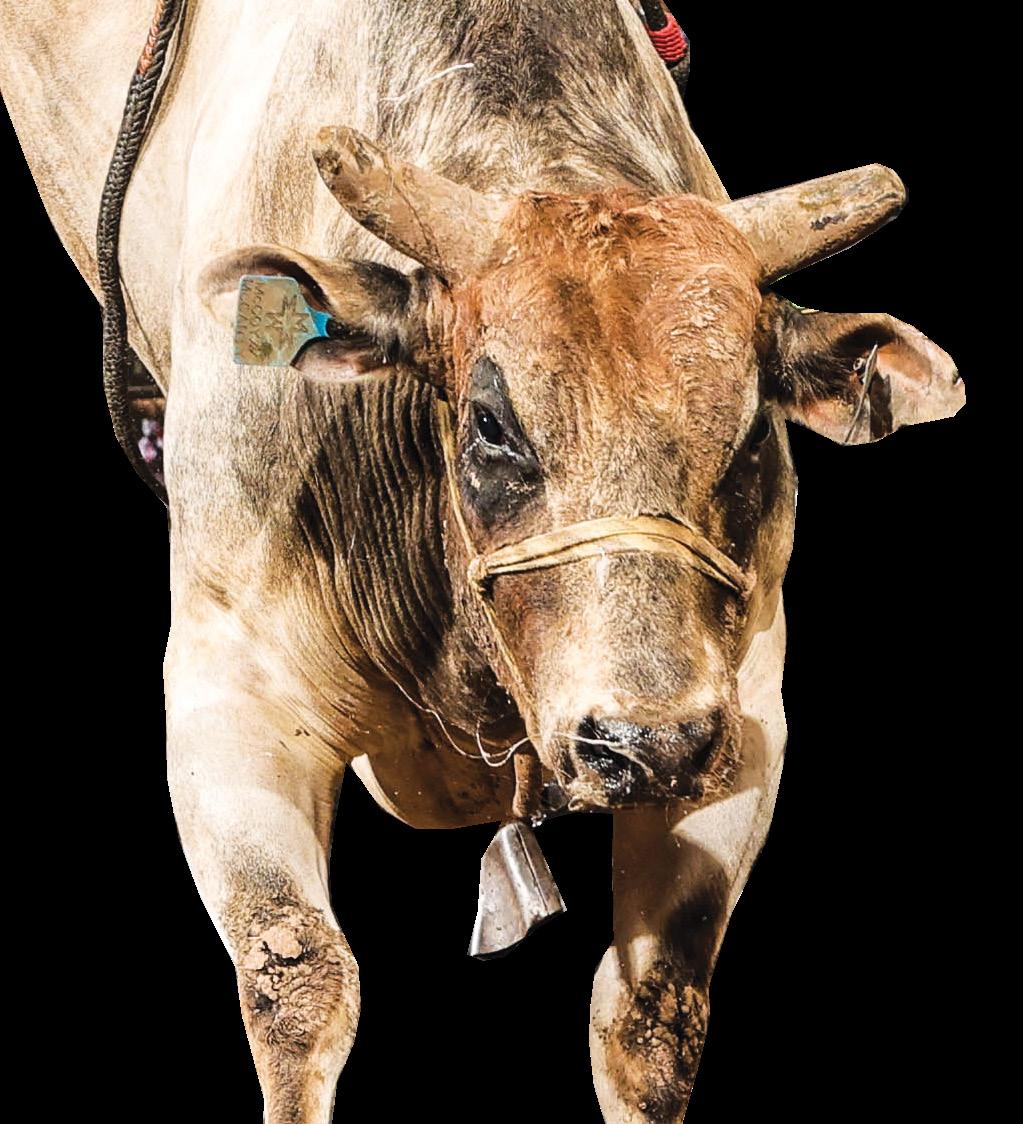










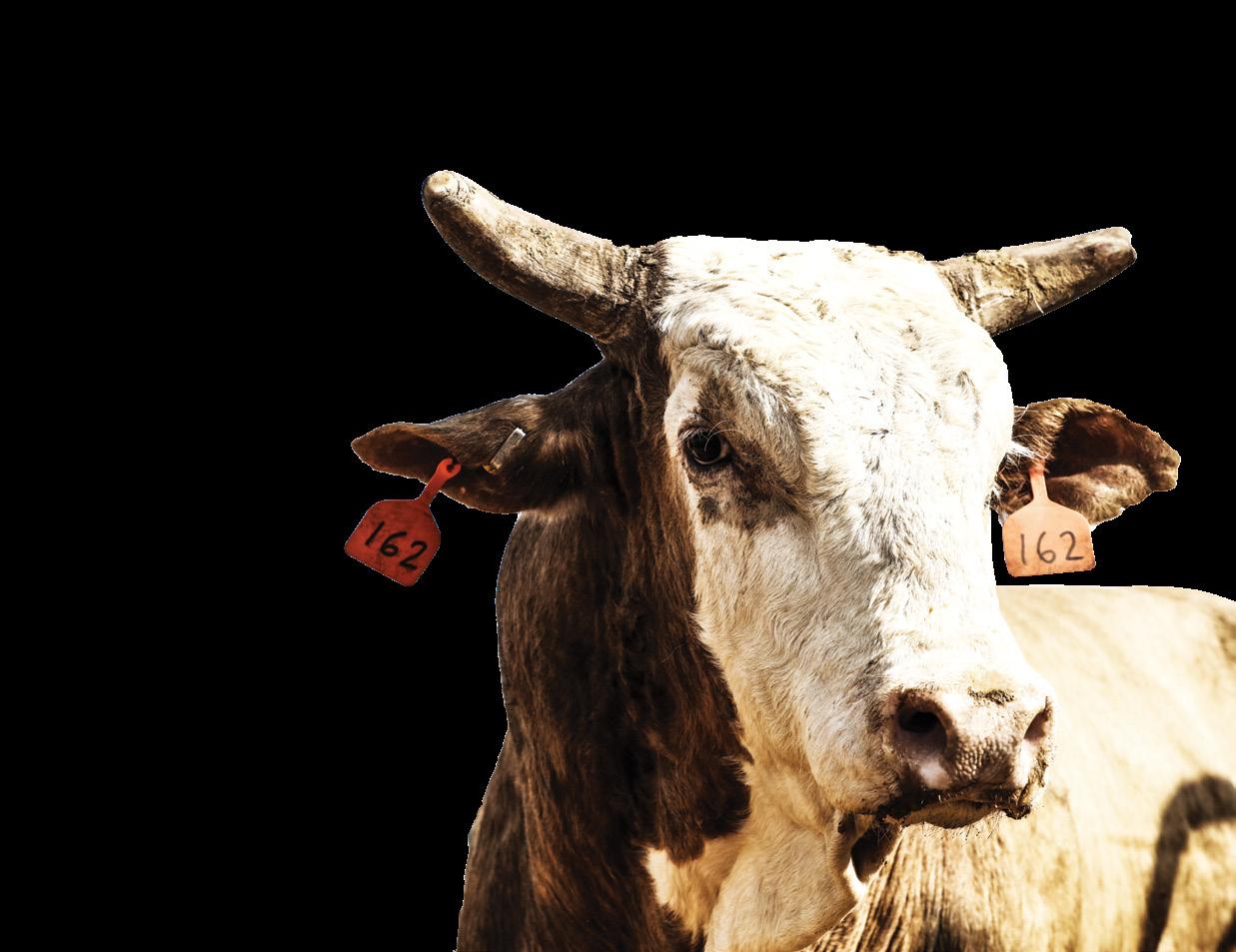




José Vitor Leme (Ribas do Rio Pardo, Brazil) celebrated a string of historic moments at the 2021 PBR World Finals: Unleash the Beast, which ran from Nov. 3 through 7 at T-Mobile Arena in Las Vegas. Throughout the five-day event, the 25-year-old bull rider earned his second World Finals event win, won back-to-back World Champion titles and set a record-high ride score of 98.75 on WooPaa (Barker Brothers/Hookin’ W Ranch).

The year’s biggest bull riding event put the PBR’s best and brightest against one another for the chance to earn their share of a pot worth hundreds of thousands of dollars, along with a $300,000 event winner bonus and a $1 million World Champion
payday. But this year’s PBR World Finals was especially groundbreaking as Leme shattered several longstanding records in an unforgettable 6-for-6 run, netting a total of $1,401,800 earnings at the event. Though Leme was the star of the show, other bull riders had stunning rides and faced harrowing upsets as they put everything on the line for the season’s big finale. Brazilian Kaique Pacheco (Itatiba, São Paulo, Brazil) took second at the World Finals to become the runner-up World Champion, going 5-for-6 but failing to hang on to War Dress in (Jane Clark/Gene Owen) in Round 2. Mason Taylor (Maypeal, Texas) also went 5-for-6 at the event, earning him third place and pushing him up to 11th place in the world standings.

Eli Vastbinder (Statesville, N.C.) claimed the PBR’s Rookie of the Year title. Though he only went 4-for-6 at the PBR World Finals, all four of those rides earned scores of 90 or above. A Round 5 ride on Medicine Man (TNT Bucking Bulls/Hart Cattle Co.) earned him 92.75 points for the second-highest score of the event.

Meanwhile, WooPaa earned the 2021 PBR World Champion Bull distinction, a well-deserved title for an animal that’s played such an essential role in Leme’s career over the past couple of years.
As one of the most memorable events in PBR history, it was also a solid farewell to Vegas before the PBR World Finals relocates to Fort Worth, Texas, from its longtime home in Sin City next year.

 Photo By Andre Silva
Photo By Andre Silva
Photo By Andre Silva
Photo By Andre Silva
Leme is now only the second rider in PBR history to celebrate back-to-back World Champion titles. The other is Silvano Alves (Pilar do Sol, São Paulo, Brazil), who won in 2011 and 2012. Back-to-back championship titles initially seemed like they might not be in the cards for Leme after he narrowly missed PBR World Champion titles in 2018 and 2019, earning the reserve title both of those years. However, with relentless drive and determination, he dominated the circuit in 2020 and repeated that performance in 2021 to secure a place in PBR history.
It’s hard to believe it’s been only five years since Leme’s mind-blowing 2017 PBR World Finals run, in which the then-unknown bull rider went 6-for-6 and walked away with the PBR World Finals event title just days after settling in the US. He was the only rider to go 6-for-6 that year, defeating seasoned pros such as Silvano Alves and Ryan Dirteater (Hubert, Okla.) as well as that year’s World Champion, Jess Lockwood (Volborg, Mont.).

Leme already had the World Champion title in the bag when he pulled off his stunning finale at this year’s main event. It was during Round 6 of the World Finals that he earned the PBR record-high score of 98.75 aboard WooPaa, also earning the PBR’s first-ever perfect rider score of 50. His score broke the previous record of 97.5 points, which Leme set himself after riding WooPaa back in July. That score defeated the previous world record of 96.5, held by four bull riders.
WooPaa is an essential player in Leme’s recent success. Since the bull entered the PBR circuit in 2020, only four riders have managed to ride the animal at PBR-sanctioned events. Every one of those rides earned 93.75 points or higher, a testament to WooPaa’s power. Leme has successfully ridden the bull four times, while Boudreaux Campell (Crockett, Tex.) has ridden him three times, and Dalton Kasel (Muleshoe, Tex.) and Paulo Ferreira Lima (Bezerros, Pernambuco, Brazil) have each ridden him once.

At this point, Leme and WooPaa now have quite the history together. Leme claimed his 2020 World Champion title after a 95.75-point ride on WooPaa during the 2020 PBR World Finals.
 Photo By Andre Silva
Photo By Andre Silva

Leme had a fantastic 2021, though the possibility of another World Champion title was in jeopardy after he suffered an injury in September. The bull rider felt pain in his groin after an event-winning 90.75 ride on Slingin Tears (Blake Sharp/Henry Wilson/Caveman Bucking Bulls) during the PBR Ziprecruiter Invitational. Later, an MRI showed he’d partially torn his right groin muscle, but he immediately began physical therapy as part of the recovery process. He didn’t return to competition until the finals, missing five events overall and making his success at the big event that much more spectacular.


It’s hard to say what the World Finals would have been like without Leme. He was the clear front-runner all season, breaking records every step of the way. Leme celebrated 12 event wins throughout the season, smashing the previous record of eight set by Justin McBride (Elk City, Okla.) in 2007. With a season ride rate of 69.51 percent, his overall earnings for the year totaled more than $1.87 million. His
career earnings now stand at more than $5.1 million, and with his 2021 6-for-6 World Finals run, he also became one of only five PBR bull riders to cross the $5 million mark for career earnings. This year, Leme set the PBR record for the most round wins in a season, earning 21 to displace the previous record of 19 set by J.B. Mauney (Statesville, N.C.) in 2013. Leme also broke the record for the most 90-point runs in a season, chalking up 24 by the time he accepted his World Champion buckle to defeat Cody Hart’s (Gainesville, Texas) record of 16, set in 1999. Leme finished the season with 2949.5 points, 884 points ahead of World Champion runner-up Pacheco.
If his last couple of years are any indication, he shows no signs of slowing down and will continue to rewrite the PBR record book along the way. In doing so, Leme will raise the bar for the next generation of bull riders worldwide.
Photo By Andre Silva Photo By Andre SilvaWhile Leme stole the show, several other contenders had memorable runs as well.
The event started strong in Round 1, when Pacheco, Davis and Vastbinder each had rides that earned above 90 points, compared with Leme’s score of 86.75. However, all three endured buckoffs in Round 2, and by the end of Round 3, Leme and Taylor were the only riders who hadn’t been bucked off at least once. Going into Round 6, only 2.5 points stood between front-runner Leme and Taylor. But even if Denis the Menace (Viducic Bucking Bulls/White Trash Buckers) hadn’t bucked Taylor off in Round 6, it’s tough to imagine the bull rider would have beaten Leme’s record-breaking 98.75 to capture the win.
Meanwhile, Vastbinder clawed his way to Rookie of the Year when he not only went 4-for-6 with every ride scored above 90 but earned three of those scores after enduring several painful injuries. In Round 3 of the World Finals, he separated his right shoulder and broke several ribs when his attempt to ride Whisky Bent (Wentz Bucking Bulls/Aces Wild Pro Rodeo) went sour. After accepting a reride, he powered through to ride Hell on the Red (Jane Clark/Gene Owen) for 90 points. He returned the next night for Round 4 to earn another 90-point ride on Juju (Tommy Julian/D&H Cattle) and followed that the next evening with the event’s secondhighest score after a Round 5 ride on Medicine Man netted a score of 92.5. Those 90-point rides earned him a substantial
lead over his fellow Rookie of the Year contenders, including Junior Patrik Souza (Sonora, Mato Grosso do Sul, Brazil) and Chase Dougherty (Decatur, Texas).

Those four 90-point scores shine a spotlight on Vastbinder’s capabilities as a bull rider. Though Vastbinder is a longtime rodeo athlete, 2021 was his first year with the PBR Unleash The Beast Tour. He previously competed with the PRCA (Professional Rodeo Cowboys Association) and qualified for the Wrangler National Finals Rodeo in 2018. Before his 2021 PBR World Finals run, he’d scored only a handful of 90-point rides in his eight years as a professional, and none since he’d joined the Unleash the Beast tour.




All eyes will be on Leme throughout the 2022 season. If he can keep up his momentum and avoid any severe injuries, he’ll continue to dominate the sport. Leme is setting the bar higher and higher for bull riders, redefining what’s possible with every ride. It took nearly 20 years for any single rider to achieve a perfect ride score, but if the next generation of riders are good enough to take on Leme, rodeo fans are about to witness a revolution in bull riding. Perhaps the timing is apt as the PBR revamps its season structure, with a new season that will run only from January to May. Next year’s World Finals will officially leave Vegas and celebrate a new home in Fort Worth. The 2022 PBR World Finals will take place at Dickies Arena over two weekends from May 13 to 22, with additional events at Cowtown Coliseum, the Fort Worth Convention Center and the Will Rogers Complex.

 Photo By Andre Silva
Photo By Andre Silva
Photo By Andre Silva
Photo By Andre Silva



























